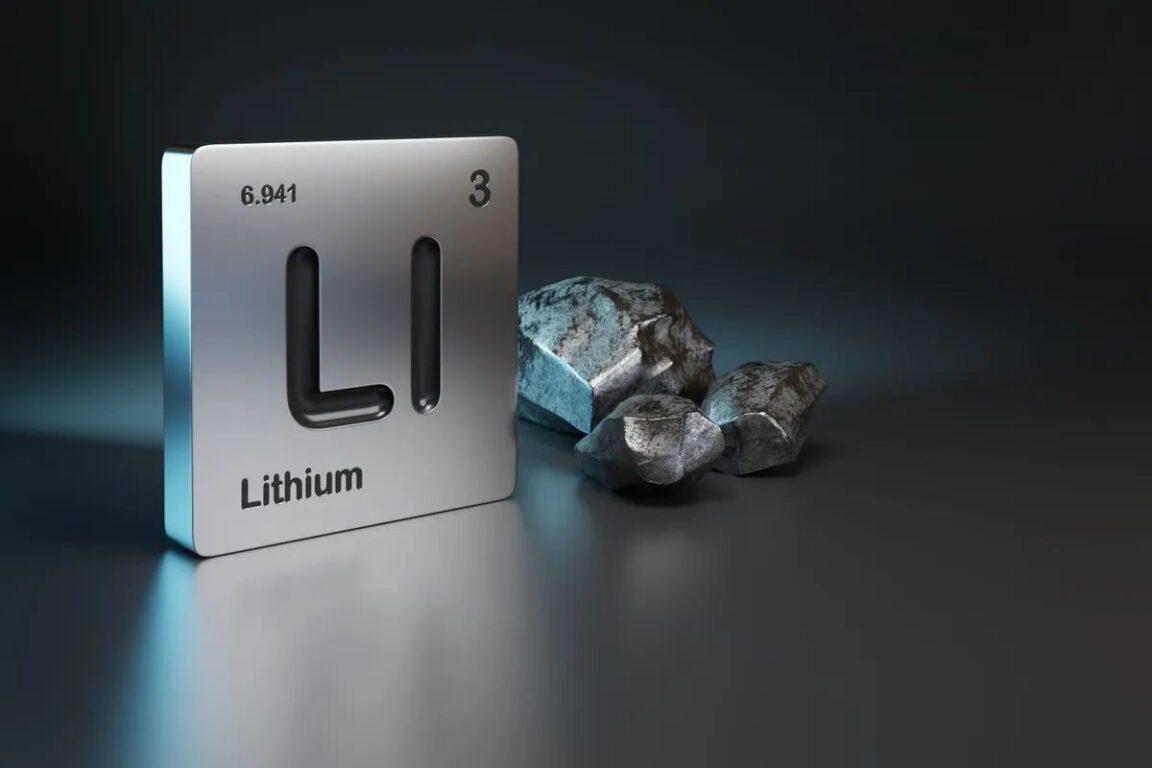Introduction
Lithium was discovered in 1817 by John August Arfwedson. It is a chemical element with the symbol Li and atomic number 3. It compounds, or it salts, are primarily used as a psychiatric medication.
Lithium has a density of 0.523 grams per centimeter cubed. And it was named after the Greek word lithos, which means stone. Lithium has nine isotopes. The longest isotope of lithium was Li-11, with a half-life of 8.75 milliseconds, and the shortest isotope of lithium is Li-4, with a half-life of 91 yoctoseconds. It is used to treat manic experiences of bipolar disorder, aircraft manufacture, air conditioners, and batteries.
What Are The Uses Of Lithium?
It is used in many applications, but it battery is probably the fastest-growing industry. While it doesn’t work like a lead-acid battery, which oxidizes the metal for electric discharge, it functions similarly, isn’t as toxic, and is much lighter. However, companies have come under fire for the conditions under which lithium miners work in South America.
A standard industrial use for lithium is in the form of lithium soaps. Because It is an alkali metal, it can be mixed with oil or fat to form a soap. This soap (commonly lithium oleate) is a high-performance grease and lubricant.
Lithium use is also found in psychiatric treatments of mental disorders, usually as food-grade lithium citrate.
How To Lithium Produced?
The electrolysis of molten lithium chloride produces it . In practice, a 55/45 mixture of lithium and potassium chlorides is used since this melts at a more reasonable temperature (450C) than lithium chloride alone.
Lithium chloride is extracted from salt deposits and brine lakes, and there is an extractable quantity in sea salt. The largest known deposits are found in South America. In the USA, in the past, it was extracted from hard rock ore on a small scale, but the brining process is much cheaper on a large scale.
It comes from two very different types of deposits. It is mined from pegmatite and recovered from the mineral spodumene and, to a lesser extent, amblygonite, lepidolite, and petalite, mainly from deposits in the USA, Canada, and China.
Why is Lithium Used In Batteries?
Chemically, metals generally try to react by giving away electrons. Therefore, a metal that “wants” to give them away is said to be more reactive than one that doesn’t.
It is more reactive than nearly all the others, plus it is easy to find, though not easy to refine, transport, or work with. It burns enthusiastically if you are not careful.
If you connect two metals of different reactivity, one pushes its electrons to the other. If you allow those electrons to flow around a circuit, they can do some work, lighting a lamp.
[unimportant: A typical example is the copper and zinc used in the “potato clock” or “lemon clock” toys. Zinc pushes electrons to copper, making a current flow. Unfortunately, both metals are, eventually, corroded and lost.]
So, choosing a very reactive metal and a much-less reactive metal will give the most considerable voltage. Your only problems are how to do this safely and economically. For example, silver is a less-reactive metal but costly. There are more-reactive metals, but it is a compromise.
There are a vast number of possible chemicals that can help . It to react, hold it safely, control the temperature, allow the cell to recharge, and so on.
What Are the Causes Of Lithium On Health For People?
It is used as salt to treat psychiatric illnesses such as bipolar disorder (manic-depressive psychosis) and depression, as it works as a mood stabilizer.
At present, the side effects that causes when used as a medicine are well known. It can affect the functions of the thyroid gland and kidneys, and pregnant women are advised not to take it as it can affect the development of the fetus. Hypothyroidism is a metabolic disorder that can lead to depression, fatigue, memory loss, weight gain, and cold sensitivity.
However, at the moment, there is no information on It impact on the health of people who ingest it daily through water.
There is very little information regarding the amount of lithium in the groundwater consumed by some regions’ populations and the effects of this element on their health. However, it is believed that the effects in adults who consume water with it are the same.
Conclusion
Lithium is the central chemical element to make the accumulators used by everyday electrical devices, the electric vehicles launched on the market, and the electricity reservoirs demanded by renewable generation. That is, it constitutes a foundation of the industrial-energy framework of a renewed society.


